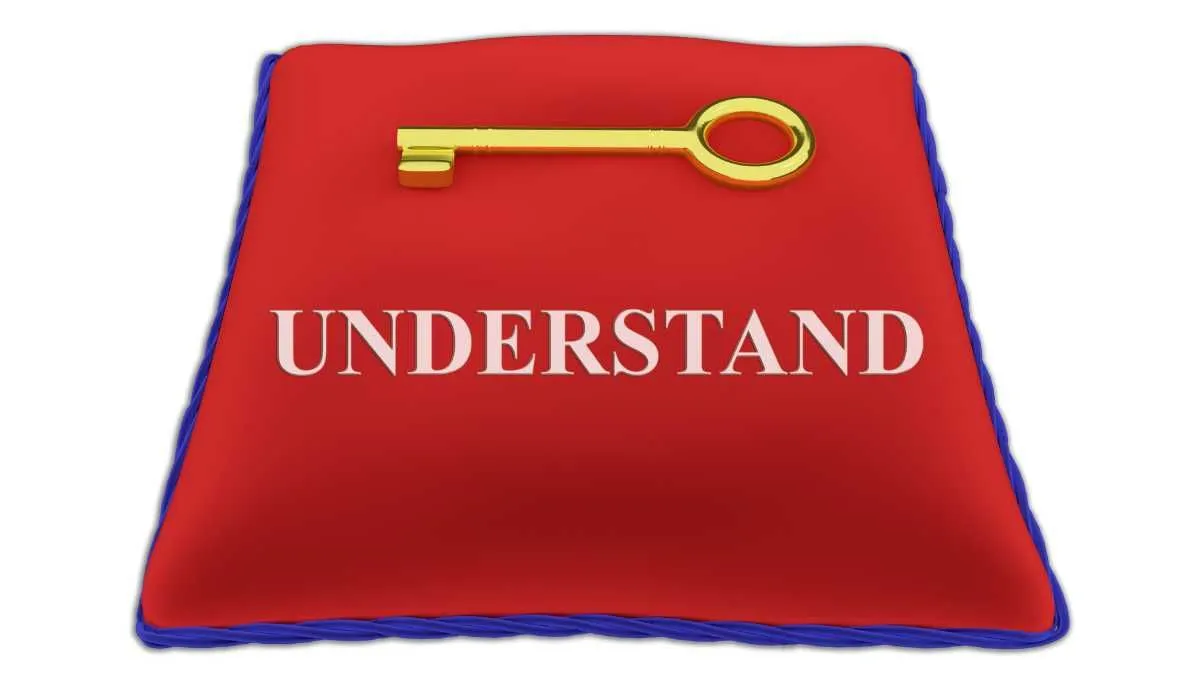Wednesday Feb 14 2024 03:50

8 min

The ability to pivot swiftly is crucial for triumph. Quick adaptation to market shifts and making savvy decisions are essential for traders to maintain a competitive edge.
The Rate of Change (ROC) indicator stands as a potent instrument to foster such nimbleness. This article delves into the ROC's essence, its computation and analysis, and its strategic application for agile trading approaches.
Rate of Change, also known as Momentum, is a technical indicator that measures the percentage change in price over a specified period of time. It provides traders with valuable insights into the speed at which prices are changing, helping them identify potential trends and reversals.
The ROC indicator is calculated by taking the current price and dividing it by the price from a specified number of periods ago, then multiplying the result by 100. The resulting value indicates the percentage change in price over that period.
By analysing the ROC, traders can determine whether a security is overbought or oversold, which can help them make more informed trading decisions. A positive ROC indicates that prices are increasing, while a negative ROC indicates that prices are decreasing.
Traders can use this information to identify potential buying or selling opportunities, depending on their trading strategy and risk tolerance.

There are several benefits to incorporating ROC into agile trading strategies.
The ROC indicator is calculated by taking the current price and dividing it by the price from a specified number of periods ago, then multiplying the result by 100. The resulting value is expressed as a percentage, indicating the rate of change in price over that period.
The formula of ROC is as below:
ROC=(Closing Price p / Closing Price p−n)×100
Interpreting the ROC value can provide valuable insights into market conditions. A positive ROC value suggests that prices are increasing, while a negative ROC value suggests that prices are decreasing.
The magnitude of the ROC value also provides information about the strength of the price movement. A higher positive ROC value indicates a stronger upward momentum, while a lower negative ROC value indicates a stronger downward momentum.
Traders can use the ROC indicator in various ways to inform their trading decisions. For example, they can use it to identify potential entry points when the ROC value crosses above or below a certain threshold.
They can also use it to confirm the strength of a trend by comparing the ROC value to previous values. Additionally, they can use it to identify potential reversals when the ROC value reaches extreme levels.
To implement ROC in agile trading strategies, traders can use it as a standalone indicator or in combination with other technical indicators. When using ROC as a standalone indicator, traders can set specific thresholds for buying or selling based on the ROC value.
For example, they may choose to buy when the ROC value crosses above a certain threshold and sell when it crosses below another threshold.
When using ROC in combination with other technical indicators, traders can look for confirmation signals. For example, they may look for a positive ROC value accompanied by a bullish moving average crossover to confirm a buy signal.
Similarly, they may look for a negative ROC value accompanied by a bearish moving average crossover to confirm a sell signal.
Traders need to backtest their trading strategies and evaluate the effectiveness of ROC in different market conditions. This can help them fine-tune their strategies and make adjustments as needed.

While ROC can be a powerful tool in agile trading strategies, traders need to be aware of its limitations and considerations.
Read this informative article: What is technical analysis?
Rate of Change (ROC) is a powerful tool that can help traders achieve agility in their trading strategies. By understanding the concept of ROC, its calculation and interpretation, and its benefits in agile trading, traders can unlock its power and make more informed trading decisions.
Leveraging the Rate of Change (ROC) enables traders to increase their adaptability, effectively navigate shifting market conditions, and enhance their probability of success in the volatile trading landscape.
Become a member of markets.com and access a cutting-edge trading platform.
“When considering “CFDs” for trading and price predictions, remember that trading CFDs involves a significant risk and could result in capital loss. Past performance is not indicative of any future results. This information is provided for informative purposes only and should not be considered investment advice.”